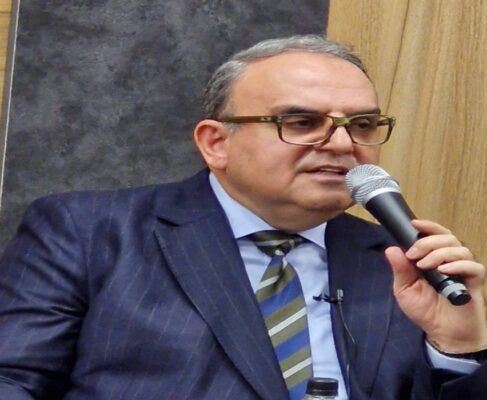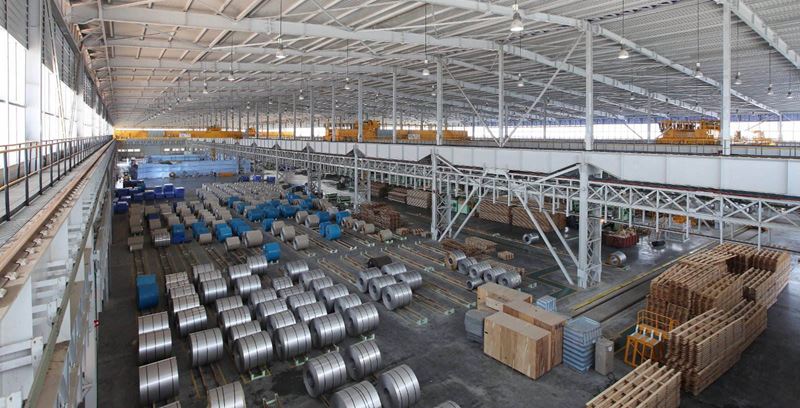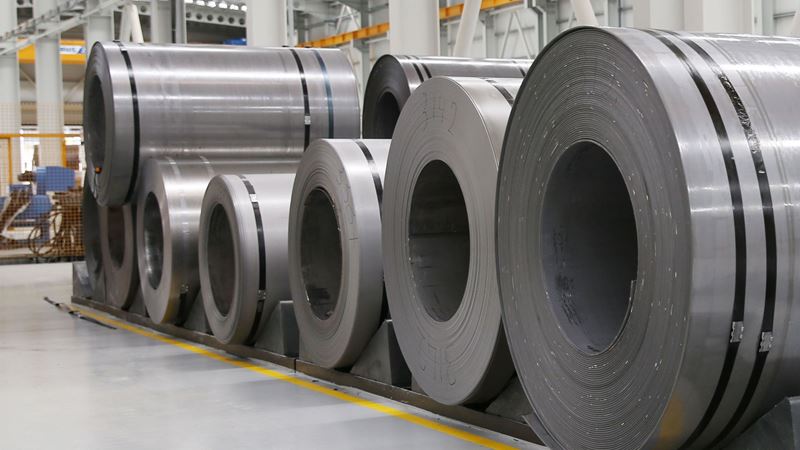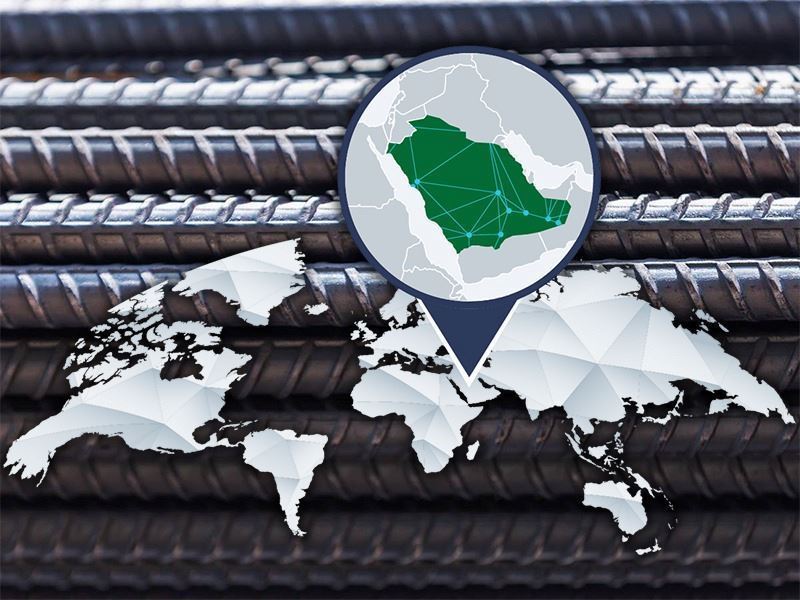The Lost Position of Iranian Iron Ore
Keyvan Jafari Tehrani, a global minerals market analyst, recently shared insights with Sanaat Yazd on the current state of Iranian iron ore exports. He explained that when discussing iron ore, both concentrates and pellets are included, as these products are part of the import statistics reported by China. Although the Harmonized System Code for these products differs, they are often aggregated in some countries' statistics and reported as a single category.
Jafari Tehrani noted that sanctions are the primary issue affecting iron ore exports. “For years, iron ore exports have been conducted on a cash basis instead of through letters of credit. This situation prevents Chinese steelmakers, whether private or state-owned, from engaging directly with Iranian iron ore exporters due to the significant repercussions of the sanctions. As a result, some Chinese or Iranian traders handle the purchase of iron ore, which then reaches the final consumer through intermediaries active in the Chinese market. Due to these sanctions and the restriction on letter of credit payments, Iranian exporters are unable to sell iron ore at prices close to those in the consumer market.”
He pointed out that in 2013, Iran was the fifth-largest exporter of iron ore to China, with 23.5 million tons, but this position has gradually diminished. “At that time, only iron ore was being exported, with concentrates and pellets not included in the export figures. Currently, Iran's ranking in the export of iron ore and its derivatives to China is unsatisfactory and does not even fall within the top 10 exporting countries. Central Asian countries like Kazakhstan, along with Australia, Brazil, India, and Sweden, have entered the market, making it increasingly difficult for Iran to regain its former position under current export conditions, leading to decreased export volumes.”
Jafari Tehrani also noted that iron ore exports are not limited to China. Significant quantities of pellets have recently been exported to Oman and India. “The shorter distance to these countries compared to China reduces shipping costs, which naturally increases the FOB prices of Iranian iron ore products in these markets. Nonetheless, China remains Iran’s traditional market. The general quality of Iranian iron ore products is quite acceptable, which has sustained demand for these products in the global market even amid sanctions.”
Market Impacted by Increased Supply and Reduced Demand from China
Jafari Tehrani discussed the recent drop in iron ore prices to $92 per ton, a 22-month low. He highlighted that while Iranian iron ore prices vary based on product quality, the overall market conditions are challenging. “China's steel industry has been shifting towards electric arc furnaces, which has increased demand for concentrates with suitable particle sizes for pelletizing. Concentrates with a 45-micron size are now more favorably priced, and pricing is based on product grade.”
However, as in previous years, Iranian iron ore and its derivatives continue to be sold below market rates due to sanctions and the inability to use letters of credit. Jafari Tehrani added that increased exports from major producers like Australia, Brazil, Chile, and some African countries have contributed to Iran’s declining position. “Saudi Arabia’s investment in African mines has also increased global iron ore production, although this ore primarily serves Saudi steel mills. Domestic prices for iron ore, concentrates, and pellets are currently higher than global prices, adversely affecting export volumes.”
He further noted that recent decisions, such as unreasonable export duties and the requirement for exporters to reinvest 100% of their export earnings domestically, have significantly reduced export volumes. “The decline in Iran’s iron ore exports is not solely due to production issues or global market fluctuations but also due to restrictive regulations. These regulations have impacted production to the extent that even surplus products, such as pellets and hematite iron ore, have been negatively affected.”
Self-Imposed Sanctions through Regulatory Measures
Jafari Tehrani criticized the 2% export duty imposed by the current government, stating that it is meaningless as long as domestic demand for all produced hematite iron ore and pellets is not met. “This duty should be removed by the next administration. While export duties may be justified for products needed by domestic steel mills, there is no technical rationale for applying such duties to surplus products. These measures only lead to reduced export volumes and decreased foreign currency inflows, effectively amounting to self-sanction. The upcoming government has hinted at removing these duties, which is a positive development for foreign currency sales at agreed rates for importing machinery and equipment.”
He noted that historically, restrictive regulations were introduced during favorable market conditions and removed when the market declined, creating a cycle of self-imposed restrictions. “We are unfortunately witnessing this cycle once again. Policymakers need to adopt a specialized approach and consult with experts who have comprehensive knowledge in the field.”
Jafari Tehrani emphasized that regulatory stability is crucial for developing Iran’s iron ore market. “Another important aspect is removing barriers to production and export. When producers face challenges such as power cuts in summer and gas shortages in winter, rather than implementing facilitative regulations, the government introduces rules that negatively impact both production and export. Aligning regulations with production and export needs can significantly help restore the volume and status of iron ore and its derivative exports.”











Comments
No comment yet.